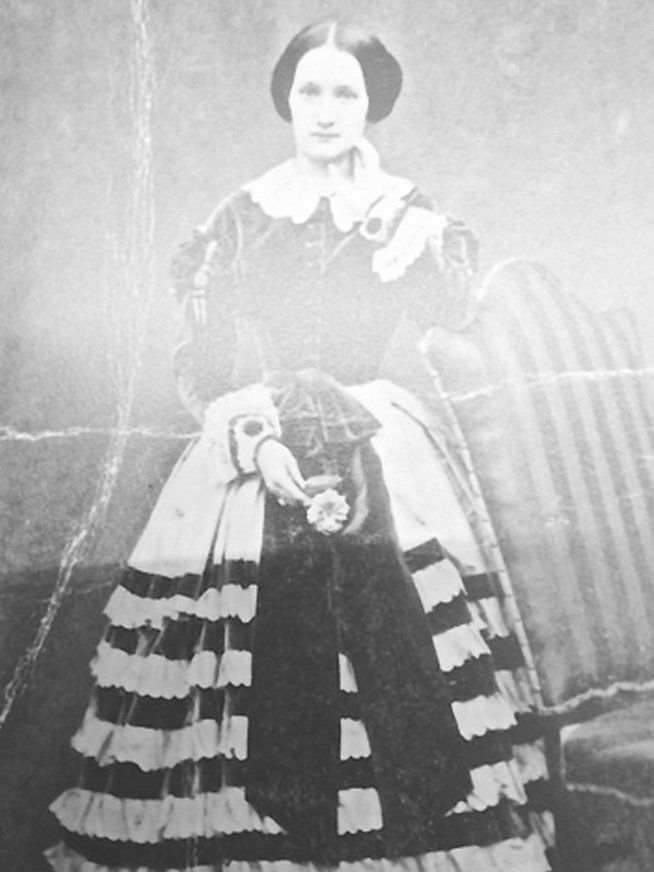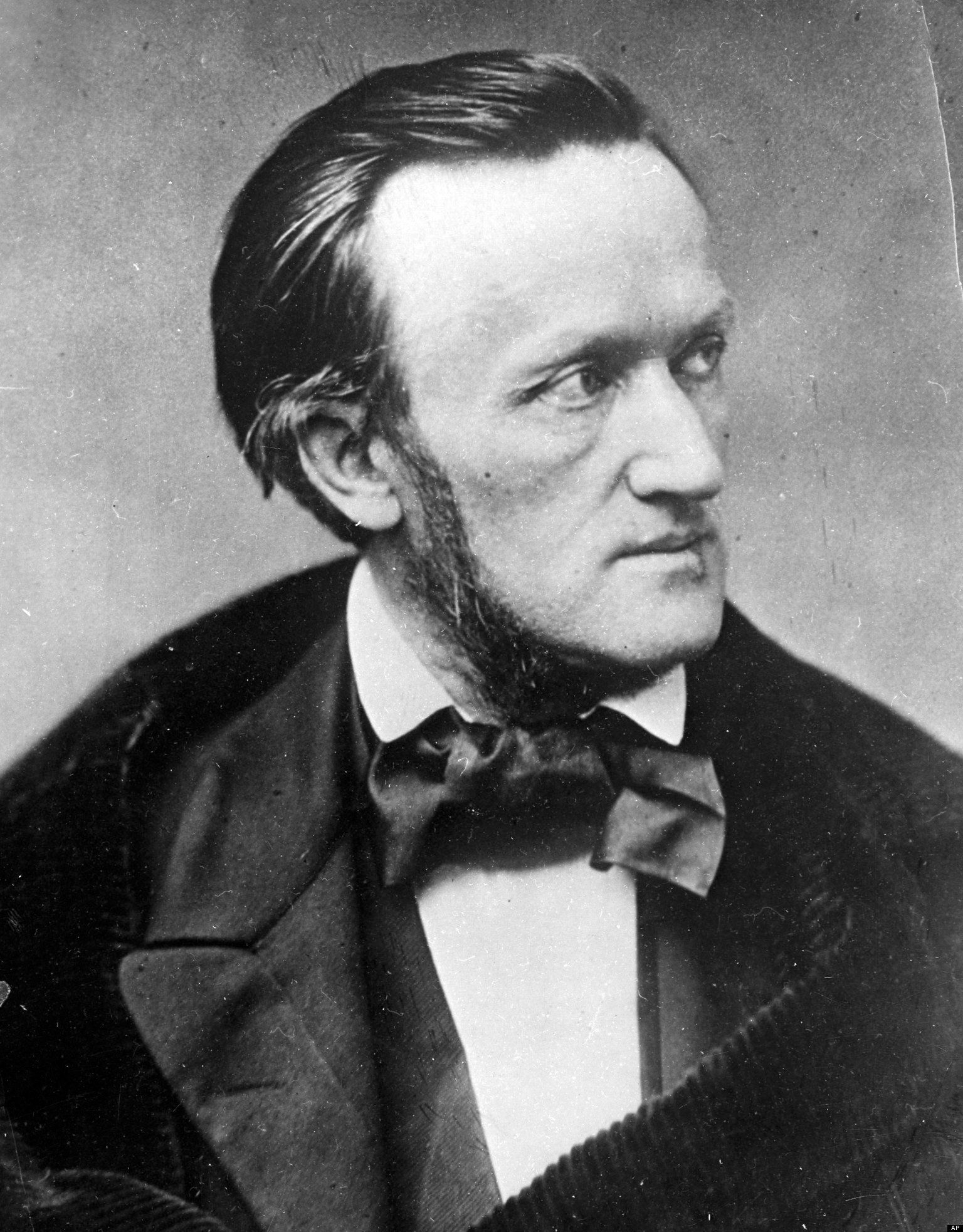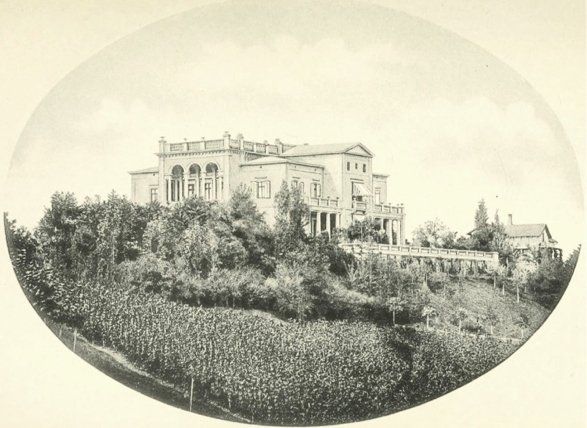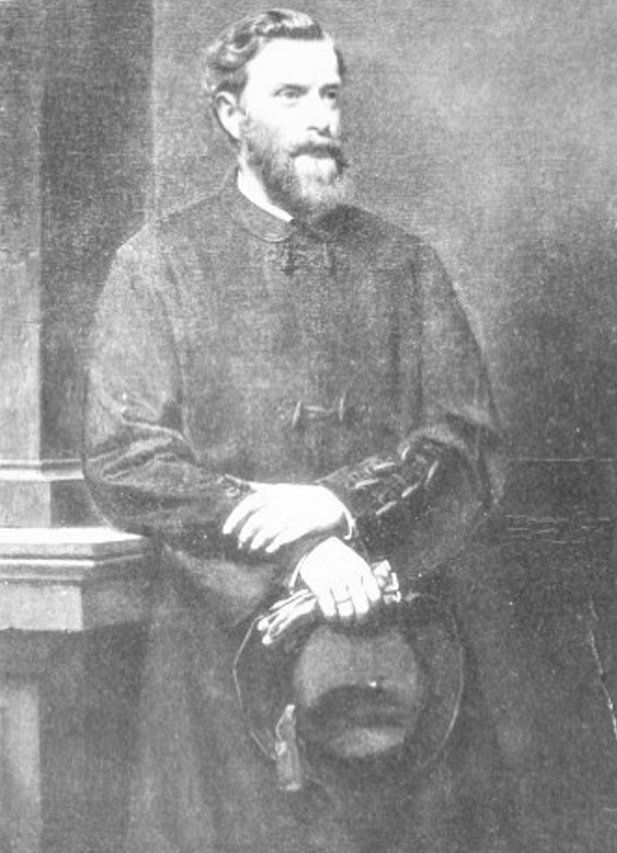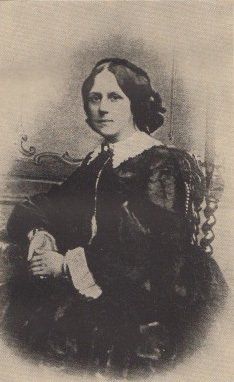MATHILDE WESENDONCK & RICHARD WAGNER
MATHILDE WESENDONCK & RICHARD WAGNER
Syquali Crossmedia AG
Seestrasse 261, 8038 Zurich, Switzerland
office@syquali.ch
©Syquali Crossmedia AG, 2019.
The most important places concerning Wagner in Zurich are the Hotel Baur Au Lac and the Villa Wesendonck. This is where Wagner and Mathilde Wesendonck met. The story of a great undying love that started in Zurich and lasted till the composer’s death. Still decades later Wagner would call the name of his beloved “Mathilde” in his dreams. In “Tristan and Isolde” Wagner translated his longing and sacrifice into composition.
Mathilde was born on the 23rd of December 1828. At the age of 20 she married the
thirteen year older, widowed, merchant Otto Wesendonck. The newlyweds moved to Zurich, a small city full of strangers.
In January 1852 Otto and Mathilde met
composer Richard Wagner at a concert in
Zurich. Mathilde became an admirer of
the small man.
In these days, Wagner lived in exile in Zurich, after a failed revolution in Saxony. He was fascinated by the French social democrats, the radical left – and hoped for their victory in France. A man made bitter by poverty, hopelessness and ill success, he lived on credit and rehearsed a Beethoven cycle and his own works with the Zurich amateur orchestra. The meeting with the Wesendonck couple
was the greatest chance for the destitute
man: Otto Wesendonck approached him
in a friendly way. A familiar friendship
began growing between the Wesendonck
and the Wagner families as well as
Richard’s financial support through Otto.
Mathilde appeared to be a gifted writer. She composed five poems and hid behind the persona of an inquisitive girl. Wagner was hired as a music teacher. He met the poet Herwegh and other revolutionaries, democrats and world changers. Wagner enjoyed walking across the Alps to Northern Italy, the Bernese Oberland, Faulhorn, Corno Gries Pass.
In December 1852, on schedule for Mathilde’s 24th birthday, the “Ring Cycle”
was completed. Between 16th and
19th of February 1853 Wagner read
the new “Ring Cycle” at Hotel Baur.
The Wesendoncks made an appearance.
Wagner lived in a small apartment with his wife Minna – in between suitcases and boxes. Minna suffered. She mourned the time before the exile, when she was Mrs Court Conductor in Dresden, and now she was poor and
dependent in exile with her husband.
In May 1853 Otto Wesendonck realised a three-day music festival for Wagner,
featuring only his works. After the concerts Wagner wrote to his friend Liszt: “Everyone revelled. It truly was a
celebration for the world around: all the women became well towards me, and
I laid the celebration at the feet of
one beautiful woman.” It was Wagner’s
40th birthday.
Wagner’s sonata a-flat major for Mathilde Wesendonck was composed, supra-titled with the epigraph of the Nornen text: “Do you know, how it is going to be?” Wagner wrote “Tristan and Isolde”. His warrant of apprehension was renewed. Throughout all the confusions and creative explosions Wagner’s life remained threatened. His close friends Röckel and Bakunin atone the revolutionary rage in fortress detention.
Wagner was lucky. He survived in exile.
Liszt came to visit Zurich. In summer 1853
Wagner, Liszt and Herwegh travelled
to the Rütli. They drank from the springs
and became blood brothers. Wagner
found himself, as he wrote to Liszt, in
an eternal state of “exaltation”. He was
– hopelessly – in love.
Otto Wesendonck bought a superb plot
of land on the left side of Lake Zurich. At Mathilde’s request, Otto made the neighbouring land available to the Wagner family for a small rent. In April
1857 Wagner and wife Minna moved
into the cottage. Wagner wrote to Liszt: “I developed
a Tristan and Isolde in my head.”
Otto Wesendonck had to travel to America on business for a while. Mathilde was left alone with Wagner. Wagner finished
the first act of “Tristan” on 31st of December 1857. The world as will or imagination? When Wagner explained his new ideas on the grand piano in the twilight of Villa Wesendonck, the reality became a dream.
Otto Wesendonck returned from America
in January 1858. A dream exploding in music: angels, dreams, pain… Stay still, greenhouse. In this order Mathilde Wesendonck’s poems were put into compositions by Wagner. Wagner would say about Mathilde: “My first and only love.”
After a sleepless night Wagner sent Mathilde a letter to Villa Wesendonck on 7th of April. His wife Minna read this “morning confession”. She kept the letter as evidence. The letter never reached Mathilde, and it is probable that she never read the letter. The Wesendoncks hastily
departed for Italy. Wagner left the Zurich “refuge” for good on 17th of
August. On 19th of August 1858 Minna
advertised the sale of all the furnitures. This is how the city learned about the entanglements on the „Green Hill“.
SYQUALI CROSSMEDIA AG, SEESTRASSE 261, 8038 ZURICH, SWITZERLAND. OFFICE@SYQUALI.CH
© SYQUALI CROSSMEDIA AG 2021.
